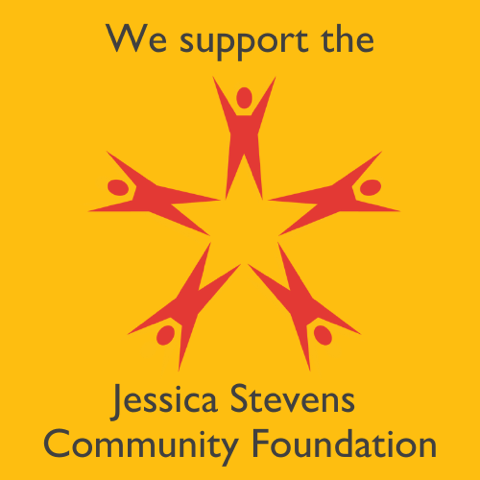https://talkeetnayoga.net/wp-content/uploads/2016/01/stud-e1453931179145.jpeg
0
0
Diane
https://talkeetnayoga.net/wp-content/uploads/2016/01/stud-e1453931179145.jpeg
Diane2021-01-06 05:59:202021-01-06 05:59:20Overcoming Obstacles
https://talkeetnayoga.net/wp-content/uploads/2016/01/stud-e1453931179145.jpeg
0
0
Diane
https://talkeetnayoga.net/wp-content/uploads/2016/01/stud-e1453931179145.jpeg
Diane2020-09-05 16:21:222020-09-05 16:40:30Defining Yoga
https://talkeetnayoga.net/wp-content/uploads/2016/01/stud-e1453931179145.jpeg
0
0
Diane
https://talkeetnayoga.net/wp-content/uploads/2016/01/stud-e1453931179145.jpeg
Diane2020-06-29 17:34:522020-06-29 17:34:52The Eight Limbs - working with the Yamas
https://talkeetnayoga.net/wp-content/uploads/2016/01/stud-e1453931179145.jpeg
0
0
Diane
https://talkeetnayoga.net/wp-content/uploads/2016/01/stud-e1453931179145.jpeg
Diane2020-05-22 00:38:562020-05-22 00:40:30What's your excuse?
https://talkeetnayoga.net/wp-content/uploads/2016/01/stud-e1453931179145.jpeg
0
0
Diane
https://talkeetnayoga.net/wp-content/uploads/2016/01/stud-e1453931179145.jpeg
Diane2019-12-15 02:14:422019-12-15 02:32:51The Savoring Habit
https://talkeetnayoga.net/wp-content/uploads/2016/01/stud-e1453931179145.jpeg
0
0
Diane
https://talkeetnayoga.net/wp-content/uploads/2016/01/stud-e1453931179145.jpeg
Diane2019-08-21 23:10:172019-08-21 23:14:08Ways to Practice
https://talkeetnayoga.net/wp-content/uploads/2016/01/stud-e1453931179145.jpeg
0
0
Diane
https://talkeetnayoga.net/wp-content/uploads/2016/01/stud-e1453931179145.jpeg
Diane2019-01-22 17:58:472019-02-02 00:56:37Practice and Detachment
https://talkeetnayoga.net/wp-content/uploads/2016/01/stud-e1453931179145.jpeg
0
0
Diane
https://talkeetnayoga.net/wp-content/uploads/2016/01/stud-e1453931179145.jpeg
Diane2018-10-30 18:32:042018-10-30 18:32:27What are the Obstacles (Kleshas) to Yoga?
Scroll to top

